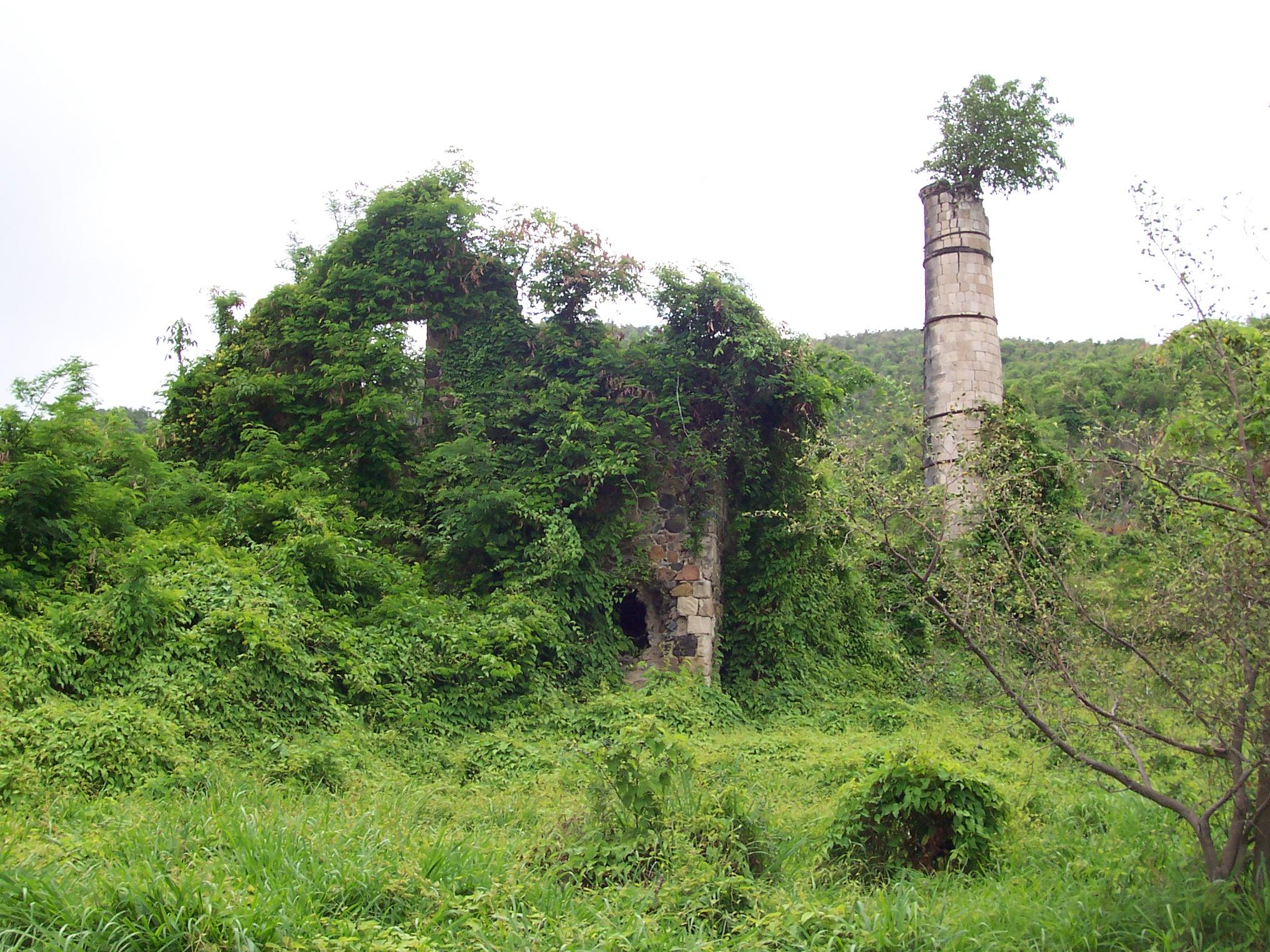 World Sugar History Newsletter
World Sugar History Newsletter World Sugar History Newsletter
World Sugar History NewsletterNumber 39, December 2009
In this issue:
Elizabeth Abbott, Sugar: A Bittersweet History (Toronto: Penguin
Canada, 2008), Pp. x + 453. $24.00 (Paper), ISBN 978-0-1430-1713-4.
Elizabeth Abbott, the best-selling author of A History of Celibacy and A
History of Mistresses, sets herself an ambitious task in her latest book,
Sugar: A Bittersweet History. Abbott tries to tell the story of sugar from the
seventh century to what she claims to be “the state of the industry today” (p.
7). Her book is broad in its chronological and geographical sweep, but gives
greatest attention to the eighteenth and nineteenth centuries.
Abbott relies overwhelmingly on secondary sources, although occasionally
she does refer to primary material. The listing of references in the select
bibliography appears exhaustive, but on closer examination some seminal
sugar-related works are not mentioned. J. Carlyle Sitterson’s monumental work
on the history of the cane sugar industry in the southern United States of
America is not mentioned; Roger Knight’s publications on the Javanese sugar
industry have been overlooked (more on this topic shortly); and Crisis and
Change in the International Sugar Economy 1860-1914 by Bill Albert and Adrian
Graves is absent.
The book is extremely well written, easy to read, and kept this
reviewer’s attention; this is an engaging work. The emphasis in the narrative
is on exploring the depredations associated with the production of sugar: the
destruction of the Arawak-speaking Taino and Carib during the sixteenth
century; slavery, plantation society, and its inequalities; slave resistance
and the abolition of slavery; the evils of indenture, especially the
ill-treatment of ‘coolies’ or Indian workers, in the Caribbean; and the ways
that the cultivation of sugar cane have irreversibly altered the environment.
However, so much attention is devoted to slavery that I began to wonder if this
book was about the history of sugar as a product (as suggested by the book’s
title) or the grave historical injustices associated with its production.
Herein lies the problem with this book – what was the author’s real aim?
The title of the book suggests that readers will be presented with
information on the history of sugar as a product. Chapter 2: The
Proletarianisation of Sugar, fulfils this goal admirably, containing
interesting details about the rise of sugar as a delicacy, its use as a
medicine, and “sugar’s bitter mates: tea, coffee, and chocolate”. This theme is
picked up again in Chapter 11: Meet and Eat Me in St. Louis. Sugar and its use
in ice cream, sodas, candy, and chocolate are explored in this section. Fragments
of information are presented about sugar consumption in different countries:
the British consumed 0.2 kilograms per head per week in the mid-nineteenth
century or ten kilograms per year, while sugar consumption in the United States
went from 8.4 pounds (3.8 kilograms) per person in 1801 to 70.6 pounds (32
kilograms) per person in 1905. But this information is not an accurate or
coherent account of the rise of sugar consumption amongst western countries
during the nineteenth and early twentieth centuries and the growth of sugar
consumption in less developed countries since 1945. The detail overlooks that a
survey in 1882 of sugar growing and refining across the globe found that
colonial Australians used 35.7 kilograms (78.7 pounds) of sugar annually, more
than any other country (Lock, Wigner, and Harland, p. 611). Moreover, this
trend persisted, with Australians during the 1920s still consuming around 60
kilograms per capita annually, the most sugar per capita consumed anywhere in
the world (Robertson, pp. 107 & 111). Just who is consuming sugar in the
post-1945 period and how much is not considered at all, although the link
between sugar, obesity, dental decay, and diabetes is mentioned.
The account is also unbalanced by its lack of attention to some of the
major developments associated with the production of sugar. The sugar diasporas
of the nineteenth century – the establishment of commercial sugar cane
industries in Peru, Mauritius, Natal, Mozambique, Fiji, Hawaii, and Australia –
are covered. However, nothing is mentioned about the emergence of commercial
sugar production during the nineteenth century in Argentina, Java, the
Philippines, British Malaya, and Taiwan. The omission of Java in any account of
the history of sugar is a serious oversight, as the Dutch-controlled island
between c. 1870 and the 1930s was consistently the world’s second largest
producer-exporter of cane sugar after Cuba. This skimpy treatment of the
producers of sugar is continued when Abbott deals with the twentieth century.
In fact, the post-1900 treatment of sugar production globally is one of the
least satisfactory parts of the book. Details about Australian sugar
production, for example, cease in 1906, yet Australia after 1945 emerged as one
of the world’s top four exporters of unrefined cane sugar. Readers are not told
that Thailand is now a major exporter of cane sugar, and that commercial sugar
production was established in several sub-Saharan African countries during the
twentieth century (e.g., Uganda, Zambia, Malawi, and Kenya). Global prices of
sugar and their fluctuations are also barely mentioned. The operation of a
highly regulated global sugar production system, governed by successive
International Sugar Agreements for much of the period between 1930 and 1985, is
not given any attention, yet such commodity agreements aimed to avoid the
over-production of sugar, a feature which is prominent in the history of the
product, but not acknowledged in this account.
The book contains a selection of interesting photographs which help
illustrate some of the points being made in the discussion. A difficult-to-read
map of the Caribbean and Mexico appears on page 38, although its purpose is not
clear. The geographer in me wanted to see more maps, like the fantastic
plantation maps that appear in Barry Higman’s Jamaica Surveyed: Plantation Maps
and Plans of the Eighteenth and Nineteenth Centuries. A reproduction of one of
those maps would have enhanced the section on sugar cane plantations. Some
tables of data or graphs would have also added to the discussion. Nowhere in
this book can a reader find details on the amount of sugar produced and
consumed globally, especially during the nineteenth and twentieth centuries, or
which countries were the major producers and consumers of sugar.
As an Australian, I cannot avoid mentioning the errors that I picked up
in the small amount of material that is included in this book on the Australian
sugar industry. Abbott claims that “Australia also exported refined sugar” (p.
348). This is not correct. Australia during the nineteenth century never
produced refined sugar for export, and had to rely on imports of raw and
refined sugar until its own industry produced enough sugar in the 1920s to meet
domestic demand. Even today, Australia exports little refined sugar, despite an
ongoing debate amongst the country’s refiners and mill-owners about the merits
of the practice. Abbott is correct in her assertion that many foreign species
were introduced into the countries where sugar was produced and that these invaders
have been responsible for the extinction of numerous local animals, birds, and
reptiles. However, cane toads were not introduced into Australia in 1934; they
were collected in Hawaii and brought to Australia in June 1935.
I wish I could recommend this very readable book unreservedly. However,
in my opinion the book is an incomplete and unbalanced account of the history
of sugar as a product and its production. Perhaps its author was just too
ambitious in her goal.

Ruins of Sugar Plantation, St. Martin
Daniela Ciccolella, “‘Un genere pressocché necessario’: Consumo, politica e industria dello zucchero nel regno di Napoli in età rivoluzionaria e napoleonica,” Storia Economica 2-3 (2004), pp. 263-314.
Gillian McGillivray, Blazing Cane: Sugar Communities, Class, and State
Formation in Cuba, 1868-1959 (Durham, NC: Duke University Press, 2009). Pp.
416. Cloth $89.95 ISBN 13 978-0-8223-4524-4. Paper $24.95. ISBN13
978-0-8223-4542-8.
Antonio Santamaria Garcia & Consuelo Naranjo Orovio (eds.), Más allá del azúcar. Política, diversificación y prácticas económicas en Cuba, 1878-1930 (Madrid: Ediciones Doce Calles, 2009). Pp. 314, índex, bibliography, picture, & tables. ISBN 978-84-9744-047-1.
Hernán Venegas Delgado, Trinidad de Cuba: Corsarios, azúcar, y revolución
en el Caribe (Trinidad, Cuba: Oficina del Conservador de la Ciudad de Trinidad,
2006), Pp. 150.
Fritz Georg von Graevenitz, “Changing vision of the world sugar market in
the Great Depression,” European Review of History: Revue europeenne d’histoire
15:6 (2008), pp. 727-747.
Norman Rozeff
has provided the following:
Project
Gutenberg is an organization dedicated to placing copyright expired classics
and other literature online. It has over 20,000 documents online and links to
other sites having over 100,000 documents online. Unfortunately its documents
are not searchable by subject matter, only by author and/or title. However if
one goes to the Alex Catalogue of Electronic Texts, one may search by subject.
Once found one can return to the Gutenberg site and write in the desired
author/title information. This is desirable because the screen graphics on the
Alex site are poor.
Here are some
of the sugar-related documents from Scientific American that can be found in
Gutenberg:
“Sugar making in Louisiana,” Vol. 22 No. 1, January 1, 1870;
“Consumption of sugar, coffee, and tea,” Vol. 24 No. 12, March 18, 1871;
“Domestic sugar production,” Supplement No. 312, December 24, 1881;
“Detection of starch sugar syrup mixed with sugar-house molasses,” Supplement
No. 315, January 14, 1882;
“Faure’s machine for decorticating sugar cane, Supplement No. 441, June 14,
1884;
“Progress of the sorghum sugar industry,” February 18, 1888;
“Standards and methods for the polarimetric estimation of sugars,” October 13,
1891[this followed the establishment of a 2 cents per pound sugar bounty];
“Molasses, how made, Supplement No. 561, October 2, 1886;
“Notes on saccharin,” November 10, 1887;
“New sugar items,” December 12, 1891.
The World
Sugar History Newsletter is compiled by Jock Galloway and Peter Blanchard.
Correspondence may be sent to Peter Blanchard, Victoria College, University of
Toronto, 73 Queen’s Park Crescent, Toronto, Ontario, Canada M5S 1K7, or: galloway@geog.utoronto.ca or blanchar@chass.utoronto.ca.